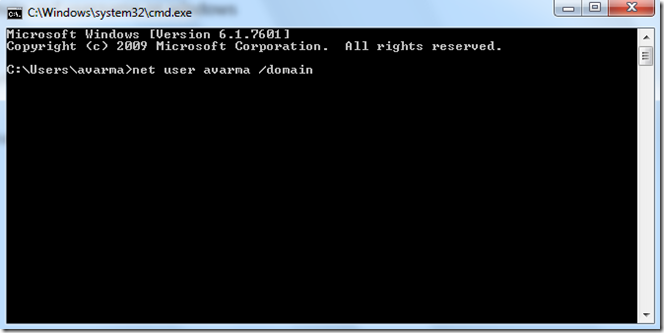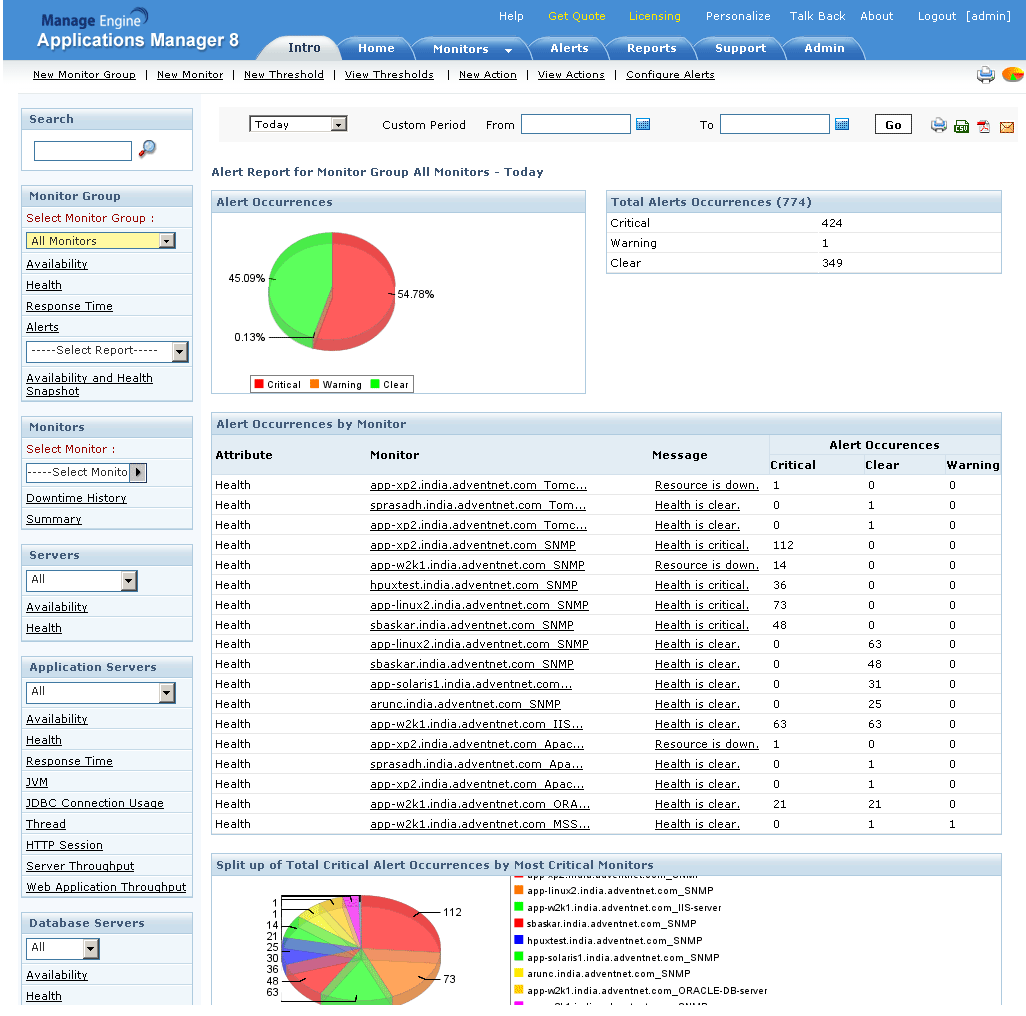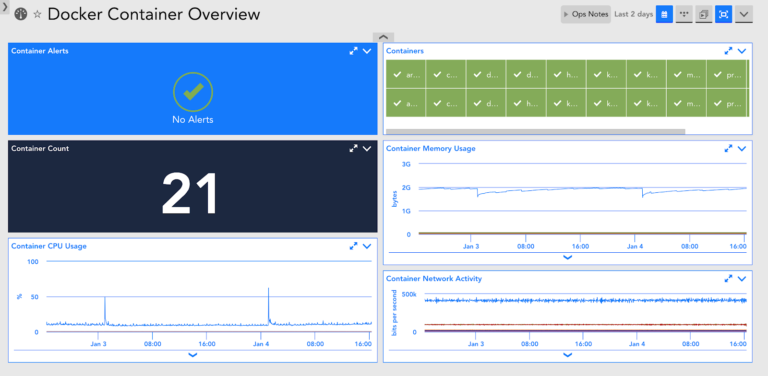

- #Windows docker performance install
- #Windows docker performance windows 10
- #Windows docker performance windows
Then you could go on to split out key components into microservices using.
#Windows docker performance windows
If you're supporting an ASP.NET monolith, you can containerize it by building a Docker image based from Windows Server Core, and you can run the entire app as-is in a container. That's a huge enabler for cross-platform distributed systems, and for migrating existing Windows apps to Docker. That functionality is there in the Docker Engine for Windows too, and that means you can have Linux hosts and Windows hosts in the same swarm, with containers running on different kernels, communicating across the same Docker network.

Swarm Mode is built into Docker Engine from version 1.12 onwards, so any host running Docker can start or join a swarm. You can mix-and-match Docker hosts to make a hybrid swarm I spoke with Michael Friis from Docker about this and he thought Hyper-V Containers could be the path to running Linux-based Docker images on Windows in the future. With Bash on Windows and PowerShell on Linux some of the lines are becoming blurred, but Windows and Linux are still completely different, incompatible operating systems.

NET - and PowerShell is the management interface. microsoft/nanoserver is a minimal OS there's no MSI support - so you have to use. NET Framework and any other Windows software.
#Windows docker performance install
microsoft/windowsservercore is a full server OS (it's a 3GB image), so you can run MSIs in your Dockerfiles and install the full. Microsoft has base images for Windows on the Docker Hub, which you can use to build your own images. Actually it rules out almost all of the Docker Hub images, so you won't be contributing much to the 5 billion image pulls from your Windows machines just yet. That means you can't run Linux-based containers on Windows, which rules out images from all the Official Repositories. That's true for both types of runtime, Windows Server containers and Hyper-V containers - in both cases, the kernel which the container sees is Windows, so it can only run Windows processes. You can't run Linux processes natively on Windows, so you can't run Linux processes in Windows containers. You have to use Windows inside the containers (for now)ĭocker is excellent, but it's not magic. The runtime is different, but the containers behave in the same way. You use the same Docker images and the same docker commands for Windows Server and Hyper-V containers.
#Windows docker performance windows 10
With Windows Server 2016 you'll be able to choose between the runtimes Windows 10 currently only runs Hyper-V containers. Hyper-V containers provide higher isolation, and the VM layer is minimal, so performance is still good. When you run a process inside a Hyper-V container, the host doesn't know about it. Hyper-V containers run in a very thin virtual machine on top of the host, so each container has its own kernel. When you run a process inside a container, the process actually runs on the host and you can see it listed in Task Manager or Get-Process.

Windows Server containers follow the current model for Docker and Linux: containers share the kernel from the host operating system, so they're lightweight and fast. Windows has two runtime models for containers. You have a choice of runtimes: Windows Server containers or Hyper-V containers Here are five things to know in preparation. We're not talking Docker-in-a-Linux-VM running on Windows - this is Docker running natively as a Windows Service. Ignite is coming soon and with it, Windows Server 2016 will be released and Windows Containers will be available for production. Update! You can learn everything you need to know about Windows containers and Docker from my book Docker on Windows and my Pluralsight course Modernizing.


 0 kommentar(er)
0 kommentar(er)
